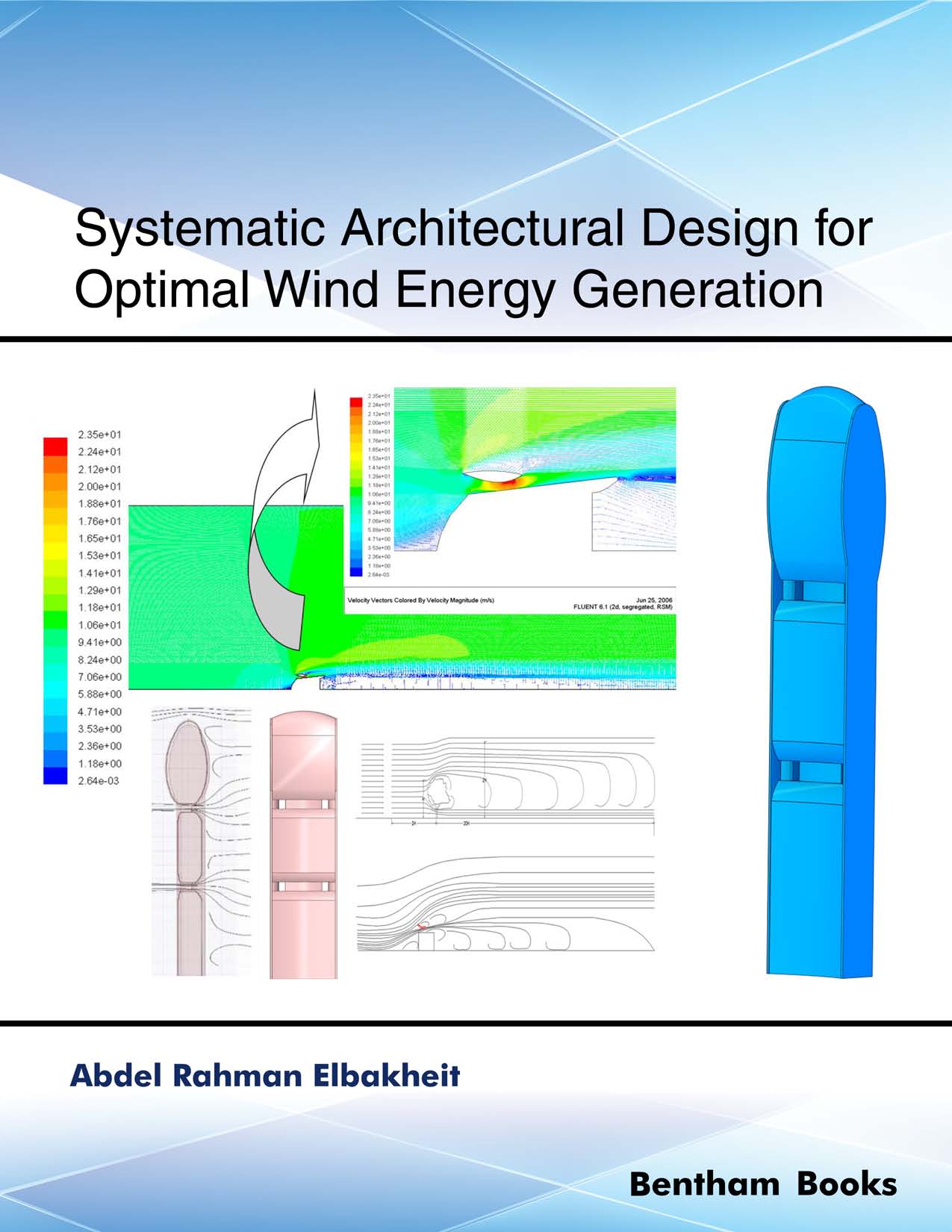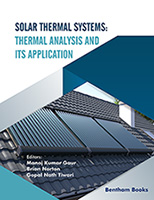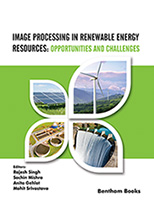With a better understanding of building sciences and improved technologies for the utilisation of building physics, architectural form-finding processes became more elaborated with the added consideration for thermal, acoustic, solar, and aerodynamic forms. Majority of these invisible ordering principles have been developed in the last 100 years; however, they have impacted critical decisions about architectural form only in about the last 70 years. The science of architectural acoustics, for example, did not exist until the second half of the twentieth century, and practical auditorium acoustics were not well understood until about 1960s.
The advent and evolution of building sciences and their incorporation into building technologies transformed the means of evaluating architecture. Thus, several qualitative aspects of architectural form were measurable in quantitative terms. Other than all the general means of spatial experience, comfort, music, lighting, colour, and energy requirements could also be measured, totally optimised and reconfigured.
This book concentrates on further elaborations on the influences of wind and architecture on building sciences, architectural form finding and the optimisation of wind energy harvesting using suitable wind turbines. This publication documents case studies on existing buildings’ designs incorporating wind energy technology in Chapter 1. Certain processes and key indicators for evaluating and testing any envisioned architectural form have been proposed in this chapter. Moreover, the methods for scanning various wind aerodynamic responses relevant to buildings that could be utilised for wind energy harvesting have been elaborated, along with the various types of wind flows and their characteristics. Further steps for streamlining architectural forms to generate optimal wind flows prior to energy harvesting are discussed in Chapter 2.
The ideas presented in this book are a continuation to previous work, aiming to enhance architectural design potential for achieving better prospects of sustainability through the assimilation of wind energy harvesting into architectural form design. In Chapters 4 and 6, the works presented in publications titled, ‘Factors enhancing aerofoil wings for wind energy harnessing in buildings’[1] and ‘Effect of turbine resistance and positioning on performance of Aerofoil wing building augmented wind energy generation’ [2], respectively, are further elaborated. The former study examines how architectural form and aerofoils together can be manipulated to generate continuous wind flows suitable for energy harvesting using wind turbines. Some aerofoil forms are proposed on the basis of their aerodynamic qualities and peculiar attributes capable of assisting wind flow patterns around buildings. The latter study examines different positions of turbines within the same design aspects envisioned in the former study on wind energy harvesting. An independent tool is needed to be employed to ‘measure’ these attributes of design, which was done in the form of fluid flow computations using computational fluid dynamics (CFD).
Although the content of this study has a well-established scientific basis to it, together with this tool, the design decisions are still on pure architectural forms and their merits of clean energy generation and maximisation. This reflects the capability of a design to transcend the boundaries of science and art in a more unifying and encompassing way. One would recall the following from Richard Buchanan’s ‘Wicked Problems in Design Thinking’, in Margolin and Buchanan, eds., The Idea of Design, 1995:
‘The significance of seeking a scientific basis for design does not lie in the likelihood of reducing design to one or another of the sciences. . . . Rather, it lies in a concern to connect and integrate useful knowledge from the arts and sciences alike’.
In Chapter 5, a thorough review of diffuser augmentation technology for wind turbines amenable to building integration and/or mimicking in architectural forms is undertaken. The key dimensional proportions of a diffuser that critically underlie augmentation level/success and in turn that is suitable for inclusion within an architectural form are highlighted.
In Chapter 7, the overall conclusions and suggestions are elaborated. In case of any feedback, please contact the author at the following email address: abdel.elbakheit@hotmail.com
CONSENT FOR PUBLICATION
Not applicable.
CONFLICT OF INTEREST
The author declares no conflict of interest, financial or otherwise.
ACKNOWLEDGEMENTS
Declared none.
REFERENCES
[1] A.R. Elbakheit, "Factors enhancing aerofoil wings for wind energy harnessing in buildings", Build. Serv. Eng. Res. Tech., vol. 35, no. 4, pp. 417-437, 2014.
[http://dx.doi.org/10.1177/0143624413509097]
[2] A.R. Elbakheit, "Effect of turbine resistance and positioning on performance of Aerofoil wing building augmented wind energy generation", Energy Build., vol. 174, pp. 365-371, 2018.
[http://dx.doi.org/10.1016/j.enbuild.2018.06.025]
Abdel Rahman Elbakheit
College of Architecture and Planning
Department of Architecture and Building Sciences
King Saud University
Riyadh
Saudi Arabia
Email: abdel.elbakheit@hotmail.com





